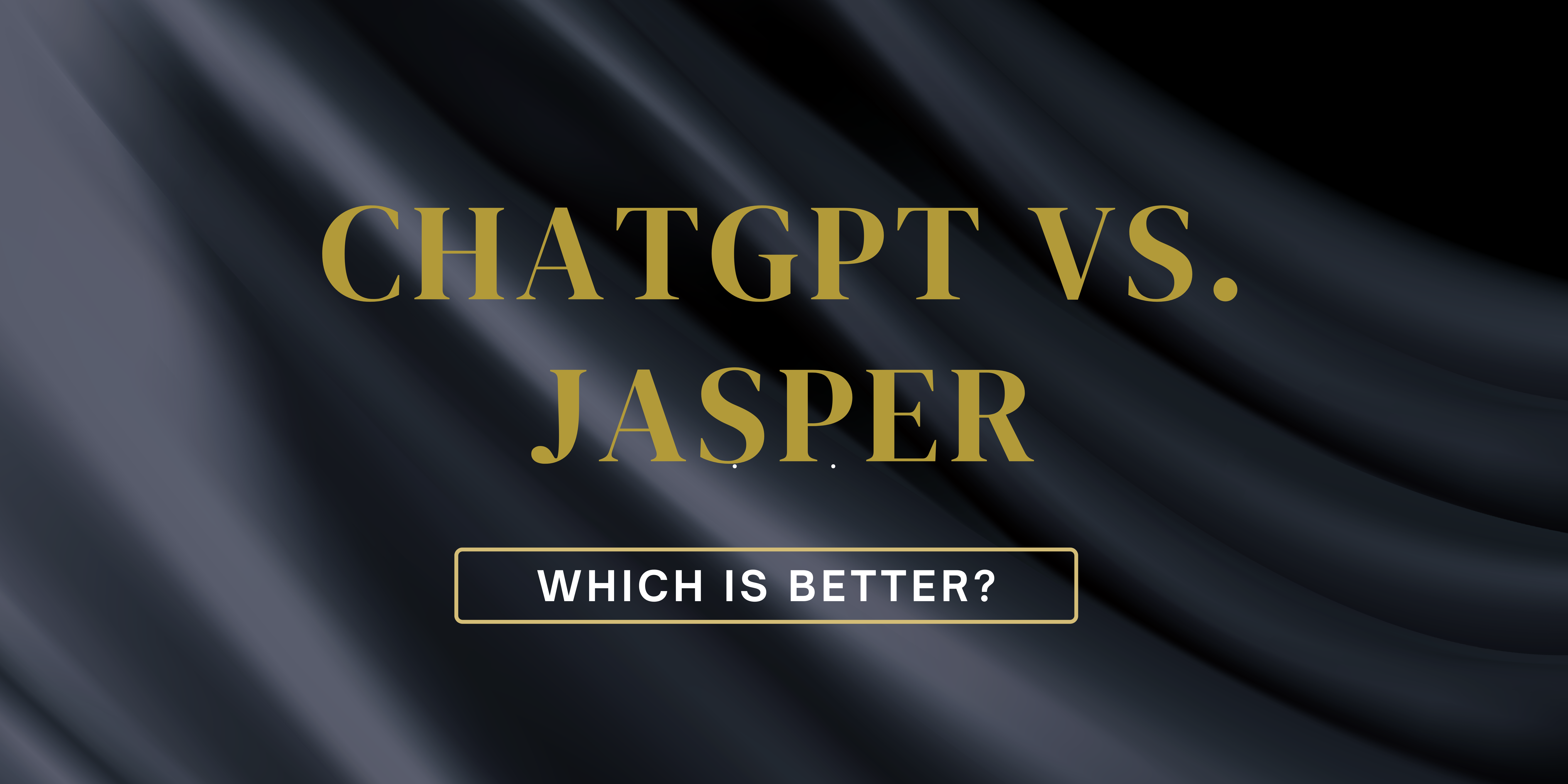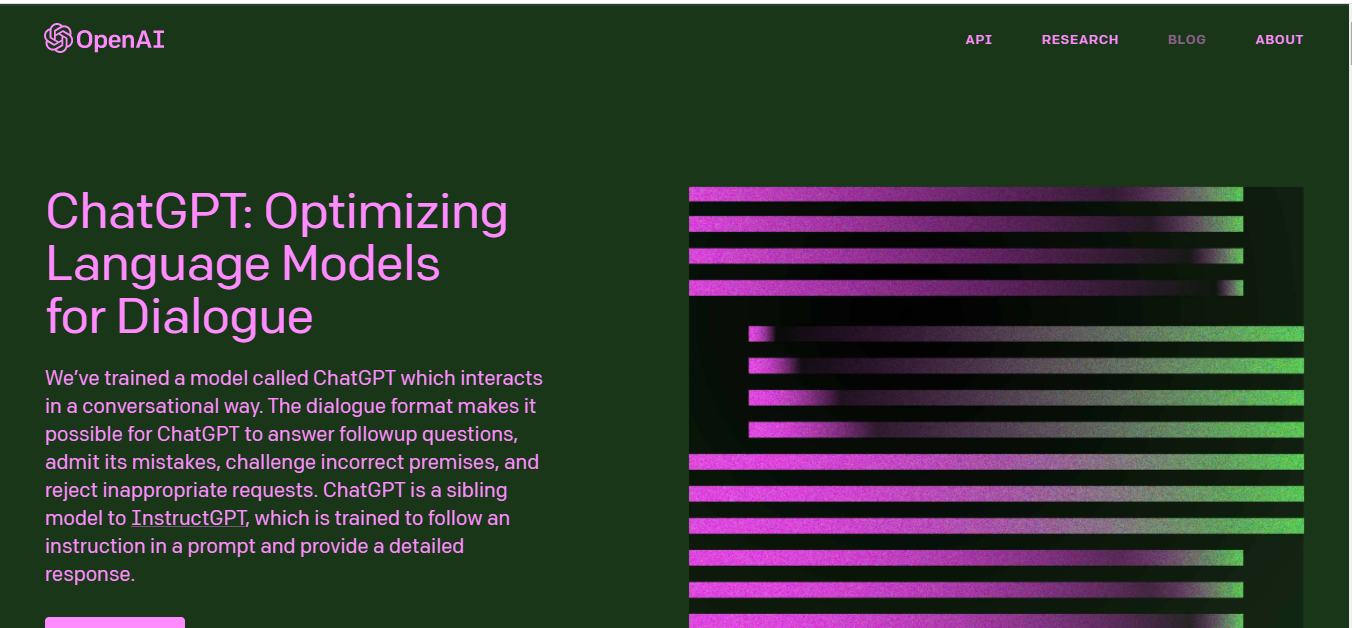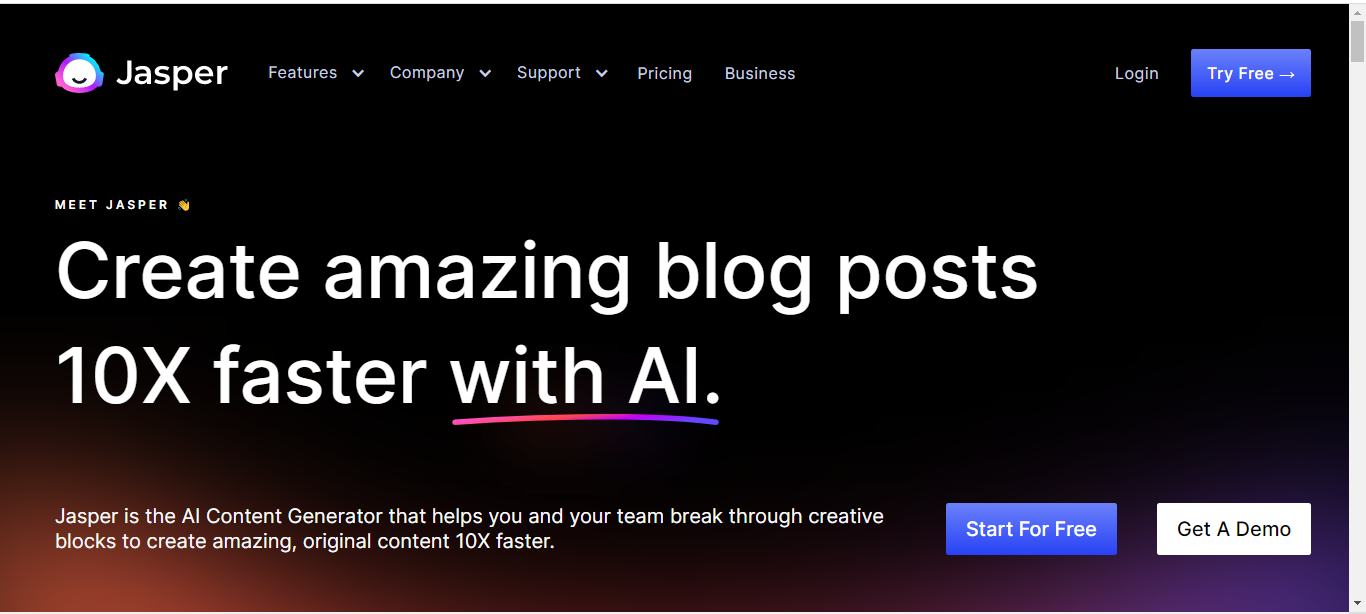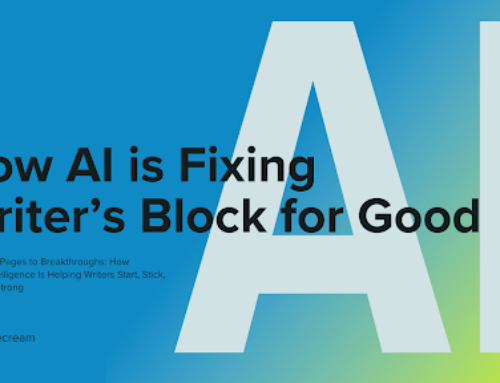
ChatGPT and Jasper are powerful platforms for building conversational interfaces, such as chatbots. ChatGPT is a large language model developed by OpenAI, while Jasper is an open-source platform for building chatbots. Both platforms have unique features and capabilities and are suitable for different use cases.
In this comparison, we will take a look at the critical differences between ChatGPT and Jasper, including their architecture, capabilities, and applications. We will also examine the strengths and weaknesses of each platform and highlight the specific scenarios in which one platform may be more suitable than the other.
What is ChatGPT?
ChatGPT, short for “Conversational Generative Pre-training Transformer,” is a state-of-the-art language model developed by OpenAI. It is based on transformer architecture and has been trained on a massive dataset of conversational text, allowing it to generate human-like responses to a wide range of prompts.

Features
One of the critical features of ChatGPT is its ability to understand and respond to context. This is achieved through pre-training, where the model is trained on a large dataset of conversational text before being fine-tuned for specific tasks. This pre-training allows the model to build a deep understanding of the structure and meaning of natural language, enabling it to generate more accurate and coherent responses.
Applications
One of the main applications of ChatGPT is in the field of conversational AI. It can be used to build chatbots, voice assistants, and other conversational interfaces. These AI-powered conversational interfaces allow for more natural and seamless interactions between humans and machines, making it easier for people to access information, complete tasks, and interact with technology.
Another application of ChatGPT is in language translation. The model can be fine-tuned on a dataset of parallel text in different languages, allowing it to generate accurate translations in real time. This has the potential to significantly improve the efficiency and accuracy of machine translation, making it more accessible to people around the world.
Text summarization is another application of ChatGPT. It can be fine-tuned on a dataset of news articles and other written content, allowing it to generate short, accurate summaries of the main points in a text. This can save time and effort for people who need to quickly understand the key takeaways from a long document.
Limitations
ChatGPT, like any machine learning model, has its limitations. One limitation is that it can sometimes generate inappropriate or nonsensical responses. This is because the model is trained on a large text dataset, including text that might contain offensive or absurd content.
Additionally, the model may generate too generic or vague responses, as it needs access to the user’s specific context or task at hand. Another limitation of ChatGPT is that it may need help understanding and responding to complex queries or commissions. This is because it is based on a statistical pattern-matching approach and can’t reason or infer from the information as a human does.
ChatGPT is a large model and may require a significant amount of computational resources to run, which may not be feasible for some applications.
ChatGPT has a knowledge base only until the events of 2021. It means that ChatGPT is not up to date with current events and cannot give answers related to those.
Pricing
ChatGPT is not entirely free, but OpenAI does offer a free plan that allows for a limited number of API calls per month. With this free plan, you can use ChatGPT to generate text, but it has some limitations, like the number of requests and the response size.
You will likely need to upgrade to one of their paid plans to make more requests or use the model for more advanced tasks. These paid plans offer higher usage limits and additional features, such as the ability to store more data. The pricing will vary depending on the use case and the particular model used.
It’s worth noting that OpenAI’s API is not the only way to use ChatGPT; you can also run the model on your infrastructure, but that would require significant computational resources and it would be a challenge for most people or organizations.
In summary, you can use ChatGPT for free but with limitations; if you need more advanced features or usage limits, you have to upgrade to a paid plan.
User interface
ChatGPT is primarily accessed through an Application Programming Interface (API), which allows developers to make requests to the model and receive text generated by the model in response. The user interface for this API is typically provided by the developer or organization using the model, so that it can vary depending on the application.
The OpenAI API provides a web-based interface that allows you to test the model and see how it responds to different prompts. The interface is relatively simple and easy to use, allowing you to input a prompt and receive a generated response. You can also adjust settings such as the temperature of the reaction, which controls the degree of randomness in the generated text.
Additionally, OpenAI provides some libraries and SDKs to facilitate the integration of the API in different programming languages such as Python, Java, and Node.js. These libraries allow developers to quickly request the API and receive responses, making it easy to integrate ChatGPT into their applications.
In summary, the user interface of ChatGPT is primarily through an API, which can be accessed through a web-based interface provided by OpenAI or through libraries and SDKs that can be integrated into different programming languages. The specific user interface of the API may vary depending on the application and how it is used.
What is Jasper?
Jasper is an open-source platform for building conversational interfaces, such as chatbots. It is designed to be highly modular and easily extensible, allowing developers to quickly and easily create custom chatbot applications.

Features
One of the key features of Jasper is its ability to integrate with a wide range of external services, such as natural language processing APIs, databases, and web services. This allows developers to easily add advanced functionality to their chatbot applications, such as natural language understanding, sentiment analysis, and integration with other systems.
Jasper also provides a flexible architecture that allows developers to create custom modules and plugins can be used to add new functionality to the chatbot. This will enable developers to customize the chatbot to fit the specific easily needs of their application.
In addition to its technical capabilities, Jasper also provides a user-friendly web-based interface that allows non-technical users to train and configure the quickly chatbot. This interface will enable users to add new intents, entities, and responses and view and analyze the chatbot’s performance.
Limitations
Like any technology, Jasper has its limitations. One area for improvement is that it is mainly designed for text-based chatbots, and it may not be suitable for building a chatbot that involves other modalities, such as speech or visual. Another limitation of Jasper is that its performance may vary depending on the training data’s quality and the task’s complexity. If the training data is diverse and sufficient, the chatbot may perform better and be able to understand and respond to specific queries. Jasper may also need help understanding and responding to complex questions or tasks if the model is fine-tuned appropriately.
Another limitation is that Jasper requires technical knowledge to set up and use. While the web-based interface provides an easy way to train and configure the chatbot, it still requires some understanding of natural language processing and machine learning concepts to use it effectively.
Finally, since Jasper is open-source software, it may have a lower level of support and maintenance than a commercial product. While the community of developers can help troubleshoot and resolve issues, commercial products may be more comprehensive.
Pricing
Jasper is open-source software for free to anyone who wants to use it. This means no cost is associated with downloading, installing, or using the software.
However, while the software itself is free, there may be costs associated with deploying and running the chatbot. These costs can include hosting fees, charges for integrating with external services, and prices for any additional plugins or modules you may need to purchase. Additionally, if you need professional support, consulting or custom development, you may have to pay for it.
It’s worth noting that while Jasper is free, the cost of deploying and running the chatbot can vary depending on the specific use case and the resources required. Therefore, it’s essential to consider the costs associated with carefully deploying and running the chatbot before deciding to use Jasper.
In summary, Jasper chat is an open-source software which means that it is available for free, but deploying and running the chatbot can have associated costs, such as hosting fees, charges for integrating with external services, and expenses for any additional plugins or modules that you may need to purchase. Additionally, if you need professional support, consulting or custom development, you may have to pay for it.
User interface
Jasper provides a web-based user interface that allows users to train and configure the chatbot. The interface is designed to be user-friendly and easy to use, allowing non-technical users to add new intents, entities, and responses, as well as view and analyze the chatbot’s performance.
The interface is designed to be intuitive and easy to use, with a clear layout and straightforward navigation. Using tabs and buttons makes accessing different sections and performing other actions easy. Additionally, the interface provides a way for users to see the chatbot’s performance and analyze the logs, which allows them to improve the chatbot’s performance.
Where ChatGPT wins
In conclusion, ChatGPT is a powerful language model trained on a massive dataset of conversational text. It can understand and respond to context, making it well-suited for a wide range of natural language processing tasks. Its applications in conversational AI, language translation, and text summarization have the potential to improve significantly human-computer interactions and make information more accessible to people around the world.
Where Jasper wins
One of the main advantages of Jasper is its open-source nature, which allows developers to access and modify the source code freely. This makes it possible for developers to customize and extend the chatbot to meet their specific needs while contributing to the community by sharing their improvements and enhancements.
In conclusion, Jasper is a powerful open-source platform for building conversational interfaces such as chatbots. Its modular architecture and integration capabilities make it easy to add advanced functionality. At the same time, its user-friendly web-based interface allows non-technical users to train and configure the chatbot quickly. Its open-source nature also allows a large and active community of developers to contribute to and improve the platform.
Conclusion
In conclusion, ChatGPT and Jasper are powerful platforms for building conversational interfaces, such as chatbots. ChatGPT is an extensive language model developed by OpenAI that excels in understanding and responding to context and has a wide range of applications in natural language processing tasks. Jasper, on the other hand, is an open-source platform for building chatbots that provide the following:
- A flexible architecture.
- Easy integration with external services.
- A user-friendly interface that allows non-technical users to train and configure the chatbot quickly.
Both platforms have strengths and weaknesses, and the choice will depend on the specific use case and available resources. While ChatGPT may be more suitable for larger and more complex projects, Jasper may be a better choice for smaller and simpler tasks or for those who want to customize and extend the chatbot to meet their specific needs. The best way to choose one of the two would be to try it.

